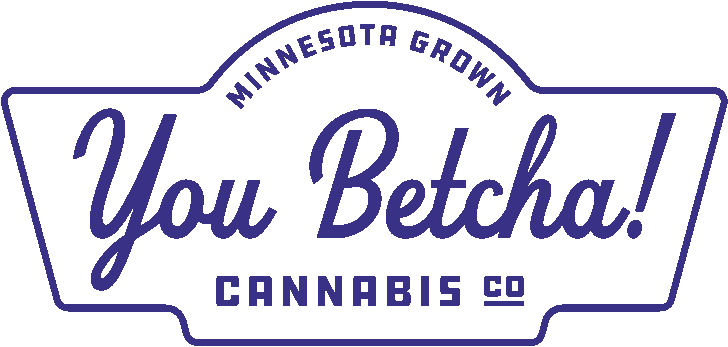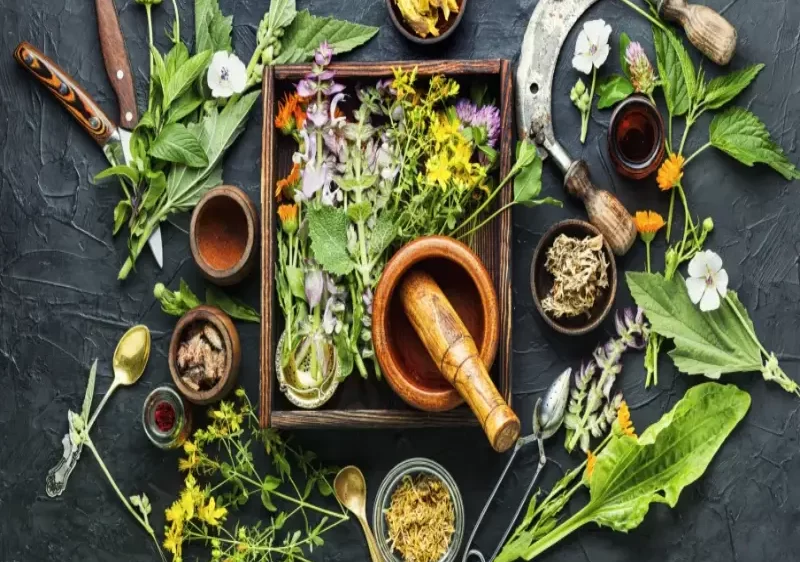- 1800- 713-4628
- 8 AM to 5 PM PCT time
The shipping to all 50 states Free over ( $500.00 ) ( $1500.00 on Beverages)
Must be 21 yrs of age to buy
Shipping to all 50 states & FREE shipping for orders over $100!
Must be 21 yrs of age to buy
// Welcome to our company
FAQ
- Home
- FAQ
Why Glass Bottles
Currently, glass bottles are the most common vessel used for infused beverages. A major contributing factor is that glass is made from SiO2, which is hydrophilic. Since the emulsion droplets contain cannabinoids, which are hydrophobic, they will naturally repulse from the hydrophilic glass, maintaining the even dispersion of droplets throughout the beverage. Glass bottles, therefore, generally yield strong results for potency shelf life. A note on regulations: glass bottle packaging of infused beverages is regulated differently from state to state. For example, in California cannabis packaging cannot show the actual product, so extra steps must be taken to mitigate the transparency of glass bottles. This hurdle in the production process may lead some companies to explore alternative vessel types.
What is Cannabinoid Emulsions
Cannabinoid Emulsions are designed to overcome a fundamental principle in chemistry The antagonism between oil and water. Whereas beverages are waterbased, THC and CBD are extracted in oil form. Working at the molecular level, emulsions keep infused beverages from looking like salad dressing. In more scientific terms, emulsification is the process by which one liquid (oil) is blended and suspended within another immiscible liquid (water). A compound called an emulsifier facilitates this process. The emulsifier has two distinctive parts – one hydrophobic, and one hydrophilic – that will arrange itself between the water and oil boundary and stabilize it. The goal is to infuse oil (cannabis in this case) into a beverage to create a seamless and reliable experience for the consumer. But before the new product can be trusted and accepted by customers, the emulsion must also be compatible with its packaging. Let’s take a closer look at the three most commonly used vessels in beverage packaging, and the obstacles that they pose for compatibility with infused products.
why a company might prefer aluminum cans over glass bottles
Other than packaging regulations, there are numerous reasons why a company might prefer aluminum cans over glass bottles. The cans’ shape might be more economical for shipping and storage; the manufacturing process fits in with existing production chains; and many markets prefer the aesthetic of cans. Unfortunately, this choice comes with a new set of emulsion obstacles. Like glass, aluminum is hydrophilic. However, storing liquid in hydrophilic aluminum can lead to any number of issues, including corrosion, flavor interference, and instability. To solve this problem, aluminum cans contain an internal liner of thin hydrophobic polymer, made with major components such as polyethylene (PE), polypropylene (PP), Bisphenol A (BPA), or other types of polymers. This is a good solution for most beverages. But for cannabinoid emulsions, hydrophobic oil at the center of the emulsion droplet will be attracted to the hydrophobic liner, eventually attaching to it. This happens faster when there is carbonation in the can. This effect can reduce the potency shelf life of infused beverages, leading to widespread ineffectiveness and inconsistencies. An emulsion must therefore be able to both deliver cannabinoid homogeneity throughout the beverage as well as maintain a controlled interaction with the can liner. It’s possible, through emulsion engineering, to create a stable and reliable canned infusion. But what is required is significant expertise on the part of the emulsion provider, with a deep understanding of emulsion structure, and the ability to fine tune its hydrophobicity and surface property.
Are my details secured?
Yes



